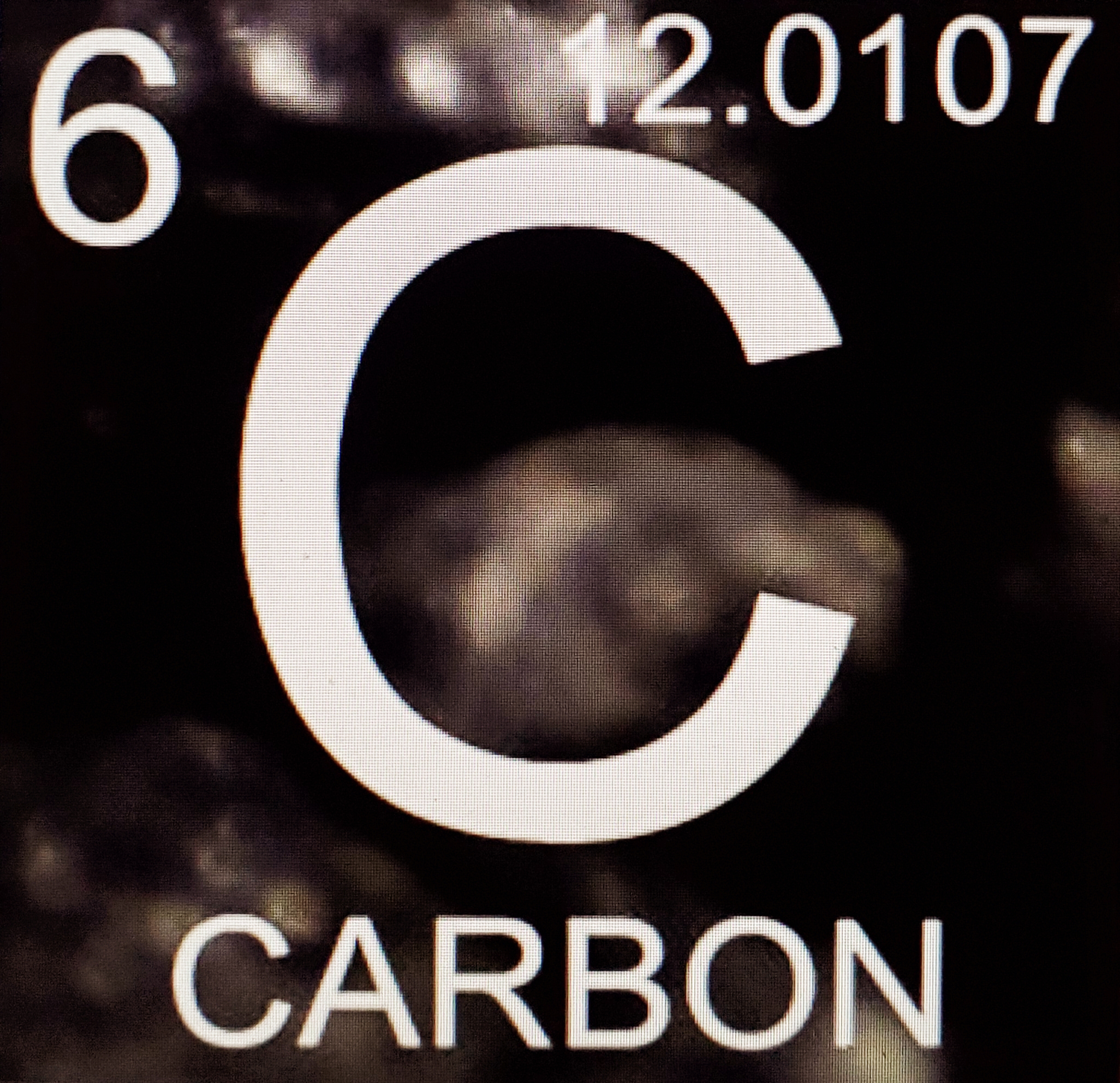
It is widely known that diamonds are the hardest substance on earth, with a Mohs scale rating of 10. It therefore makes sense that rough diamonds can only be cut by another diamond to eventually reach its final polished state. This is part of the “treatment” process of which we will go into further detail below.
Diamond deposits are over 900 million years old, with the first known diamond being discovered in India. They were lucratively traded along the Silk Road connecting Indian and China, until those mines were depleted around the 18th century. It was around 1880 that an Englishman named Cecil John Rhodes created DeBeers Consolidated Mines and the rest as they say is history. A more thorough History of Diamonds can be found in another post. For the purpose of this post however, I saw it befitting to provide a short timeline of the journey your mine diamond has taken to transform from carbon over millions of years into your beautiful stone. Who said pressure doesn’t work? Not diamonds.
Origin of Your Diamond: If you purchase rough diamonds, you will not receive a GIA certificate, so make sure you trust your jeweller or dealer. While Blood diamonds no longer exist and haven’t for a long time – before the movie was ever made – it is still important to trace back your diamond right to the mine.
Source – Typically at wholesale costs they can be found with diamond traders and jewellers, who have the expertise, or access to appropriate expertise to cut and polish the stones into the finished pieces you find in stores.
Treatment Process:
1. Planning by 3D Designing or “marking”.
2. Dividing By laser sawing or “cleaving”.
3. Shaping by “bruting” and “girdling” out to round.
4. Faceting and polishing or “brillianteering”.
5. Inspection. No fancy insider terms for this one.
Some but not all methods of treating diamonds can be found below. Others not described include dyeing, fracture or cavity filling, heat treating, Impregnation and Lattice Diffusion, laser treating and surface coating. Two of the most commonly used treatments include the following:
- HPHT: Machine Labs conducts this by using “High Pressure High Temperature” Treatment, typcially around 2600 degrees celcius in order to mimic the heat in the earth used to create a diamond. Typically done to achieve colourless diamonds this process involves changing the diamonds internal molecular structure, thus altering its optical properties. While some of the weight and original clarity of the diamond may be slightly lost in the process, what you get is a bigger stone, with better colour at a lower price point you would’ve otherwise paid. Must be done with a clean diamond as any inclusions may actually damage the stone under this sort of treatment, however the colour is more than skin deep – the entire diamond is changed so the colour will never fade, as is the case with Irridation.
- Irridation: Laboratory process that subjects the diamond to radiation treatment typically to achieve the “fancy” colours such as canary yellow, blue, green and pink, but dont worry, your diamond will not be radioactive. Its refractive index is also maintained as it is a real diamond whose molecular structure was changed but are still considered natural diamonds.
Cost: Rough diamonds typically cheaper than finished pieces because it hasn’t undergone the treatment process yet.
FAQ 1: Can I cut it myself on a diamond wheel. No. You may crack it and render it worthless . It’s also not a matter of manual work; today 3D images are rendered and then cut to precision.
FAQ 2: Can I get it set rough? Yes but be mindful that it will require more diligence and maintenance. Lack of uniformity in the piece will make it more prone to pushing the prongs out of place after a few knocks and hits, and you could loose the stone all together . If you do however choose to take this route, a bezel set is best as it is the most secure. It typically blocks out light with a finished piece thus is not the most popular type of setting, but with an opaque rough diamond this is not an issue as shine factor is irrelevant, along with the 4 c’s; The cut is non specific, clarity is none, finally carat and colour are down to personal choice.
FAQ 3: Should I get a rough diamond ring? If you fancy yourself a rebel you may find that you opt for a rough diamond, or even black diamond! It certainly isn’t mainstream or typical to get a diamond in its “rough” state, but maybe that’s just the right type of stone for you. If you like items in their natural state, before the typical “upgrading” this is the stone for you. I had a friend who selected this because she considered herself a “diamond in the rough” thus was drawn to the idea of having a matching ring that can only improve with time.
Diamond cutting is an Art. Typically they are cut in Israel, New York and Belgium and is a skill generationally passed down. India is also a cutting centre but for less than 1 carat, and if your diamond is mined in Canada, part of the agreement is to train local native Indians to cut diamonds.